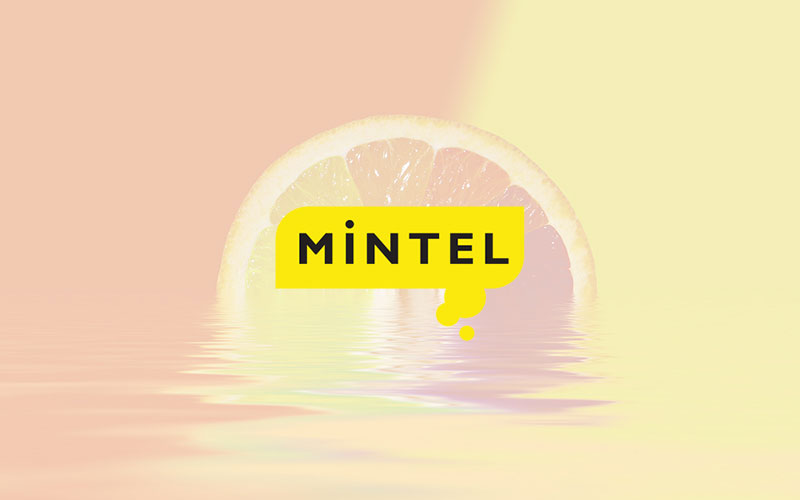Mintel announced top global packaging trends for 2019 and beyond
Mintel, one of the world’s leading market intelligence agencies, has announced four trends impacting the global packaging industry in 2019 and beyond.

Mintel, one of the world’s leading market intelligence agencies, has announced four trends impacting the global packaging industry in 2019 and beyond.
- Connected Packaging: Multiple technologies are enabling brands to connect physical packaging to the virtual world.
- Closing the Loop: Brands have an opportunity to differentiate and ride consumer awareness of recycling issues.
- Reinventing the Box: With online shopping set to gain further popularity, brands must fully establish an e-commerce packaging strategy.
- Plastic-Free: As the momentum behind plastic-free supermarket aisles grow, brands need to consider what packaging solutions can give them shelf space.
Looking ahead, David Luttenberger, Global Packaging Director at Mintel, discusses the major trends influencing the packaging sector worldwide during 2019, including implications for consumers, brands, and manufacturers.
Connected Packaging
“Connected packaging is witnessing renewed interest, driven by growth in ownership of connected devices worldwide and advancement in technologies that link packaging to the online world. Brands have a wealth of options to connect virtually with packaging – from QR codes and other graphic markers to near field communication, radio frequency identification, bluetooth and augmented reality. A vital link between physical and digital shopping worlds, brands can capitalise on connected packaging to influence how they are viewed online, together with delivering engaging content and product-specific information to directly influence purchasing decisions.”
Closing the Loop
“Proclamations by brands and converters touting commitment to 100 % recyclable materials or packaging being 100 % recycled dominate industry headlines. But the reality that few of them have yet to fully consider is how, where, and who will be supplying and recycling these materials. Though recyclable packaging claims have become common, claims to include recycled content are still rare. Low availability of high-quality recycled plastic and concerns over food safety are hampering the use of recycled material in food and drink. And while recycling may be second nature to some, inconvenience and confusion surrounding recycling are a barrier for others. With no option to ship packaging waste off-shore and out of sight, we are likely to see fast improvements in recycling facilities. This will drive up capacity for high-quality recycled material. Going forward, brands have an opportunity to ride consumer awareness of recycling issues by being part of the solution and committing to using recycled material in new packaging.”
Reinventing the Box
“The rapid development of e-commerce has had more of an impact on the design of packaging globally than anything the industry has experienced in the past several decades. There are now limitless opportunities for brand marketers to think about the next generation of shelf presence, the ‘hero images’ on retailers’ websites, and the ‘unboxing’ experience. In e-commerce, brands are learning that messaging and branding should be split between the shipping container and the interior of the box – with the latter incorporating elements that give consumers a sense of delight and surprise when opening the parcel. While most consumers currently prefer to buy groceries in-store instead of online, the convenience of purchasing online will eventually spill over into food, drink, and household products. Only through an established e-commerce packaging strategy can brands design packs for the worst-case distribution scenario. Meanwhile, there will be huge financial, social, and brand equity gains to be made in the e-commerce packaging arena just by exploiting elements of package optimisation rooted in sustainability.”
Plastic-Free
“Marine plastic pollution has become one of the world’s most serious environmental problems, and there is a growing need for different attitudes to the material. New opportunities such as plastic-free aisles, package-free stores and alternative pack materials allow consumers to actively make choices about the plastic that is put out in the world. But these incentives are not without their own challenges. While plastic-free aisles reflect consumer exhaustion with excess plastic packaging, in reality, few would want to lose the convenience and benefits plastic packaging can bring. And while the term ‘plastic-free’ may appear to be a simple one, there is no universal definition; even plastic-free packaging often includes plant-based plastics, showing the lack of clarity in the plastic-free call. Brands should act now, either to ensure a place in emerging plastic-free zones by switching to acceptable pack materials, or by engaging with the debate, clearly explaining the benefits of plastic packaging to their product, and addressing plastic pollution concerns with appropriate end of life pack solutions.”









